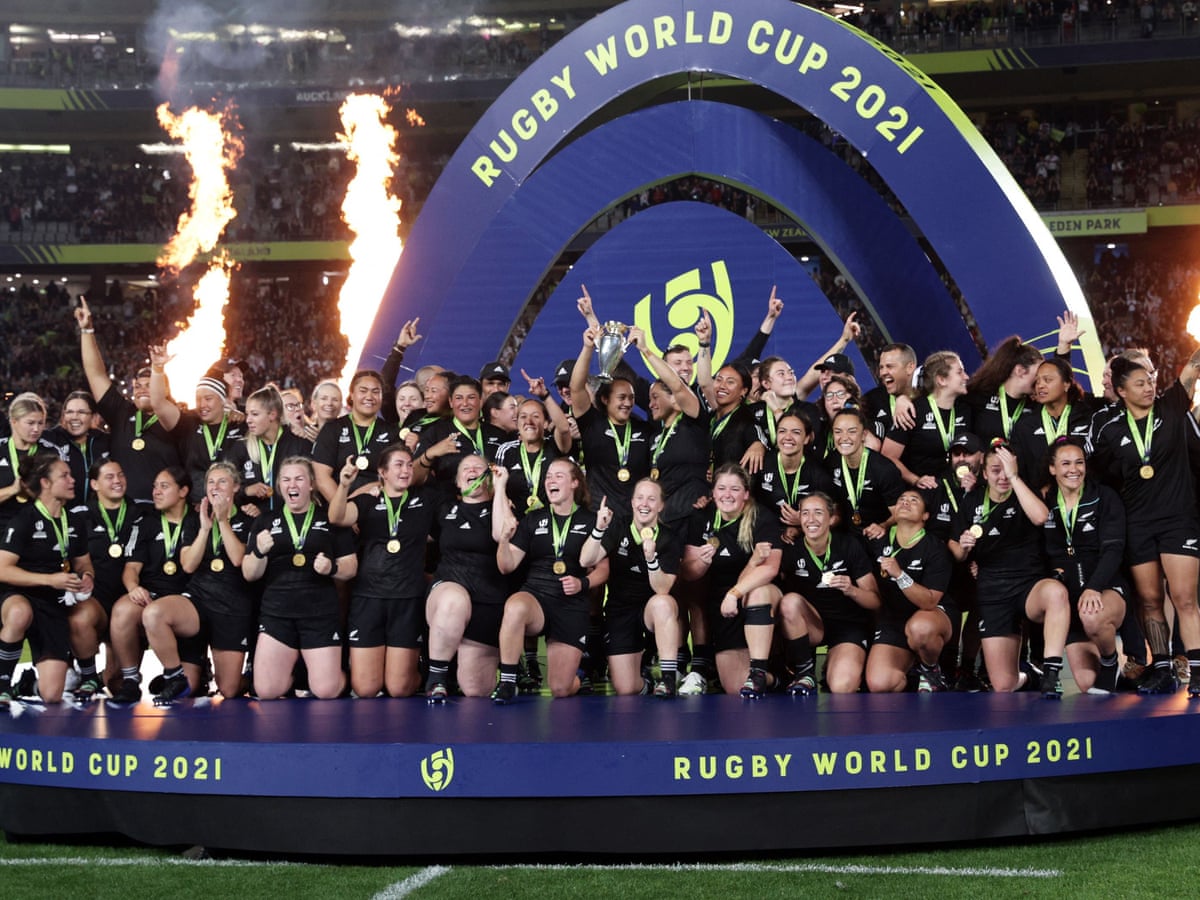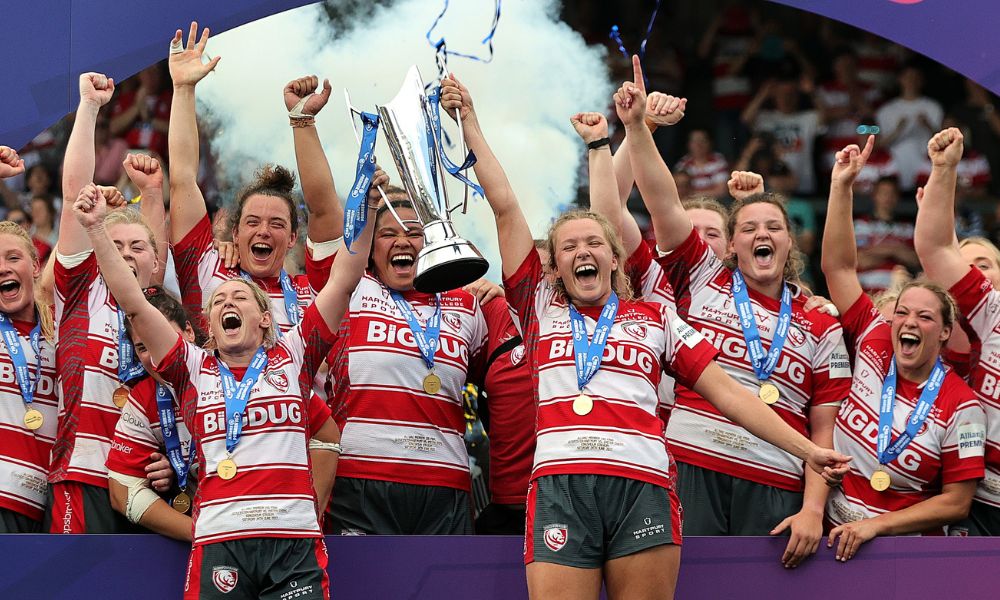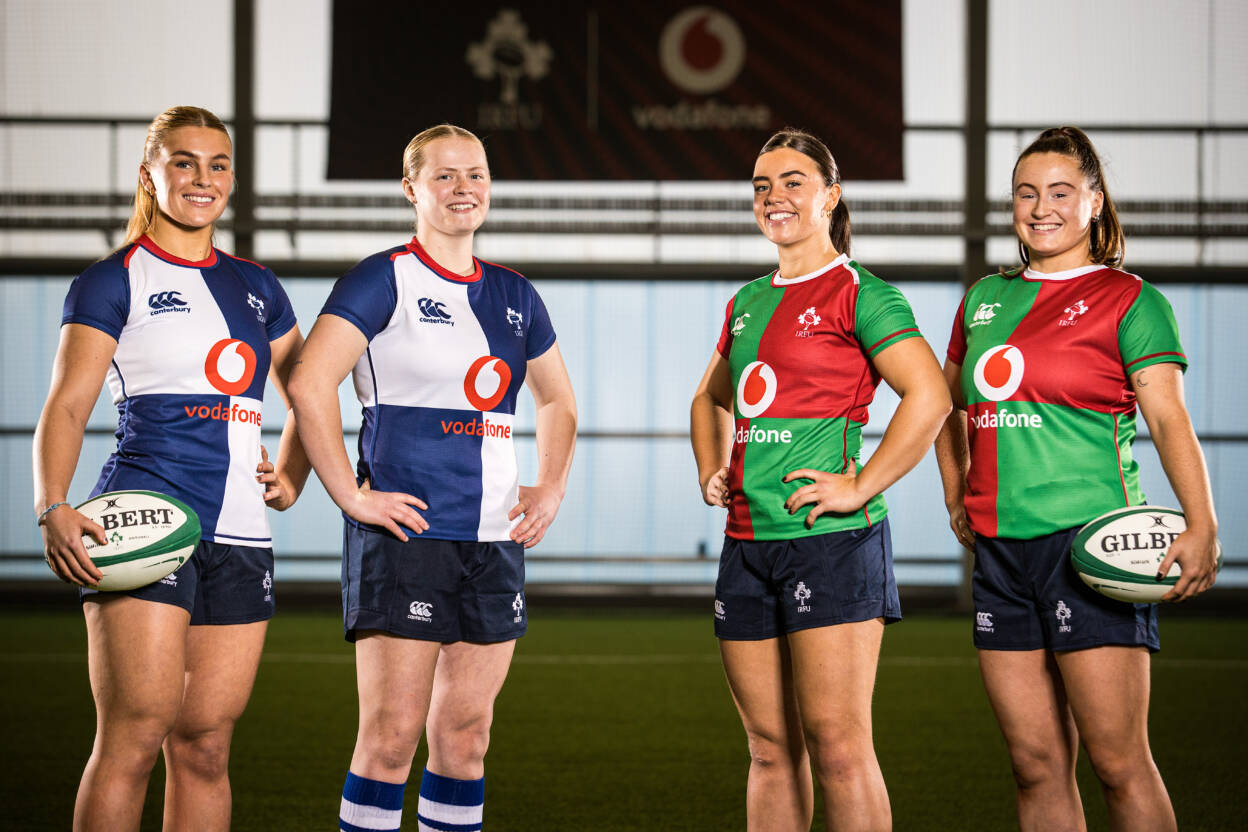Bridging the gap
How to compete against England's dominance

For many years, now England have led the way in women’s rugby. Consistently world number one and seven years of Six Nations success is well deserved, a testament to the commitment from the RFU to the women’s game over the past decade.
Unlucky to lose to New Zealand in the last world cup, England will be expecting to win a home world cup later this year. Anything short of that is failure. Arguably New Zealand were riding on their coattails last time round, as the investment in the game came late, a year out from the competition, bolstered by quality coaches and a strong sevens program. It flattered the Black Fern’s, who had not really prioritised the women’s game in the longer term.

England will look to take the trophy home this time round, and their confidence to do so is founded in their incredible success over the last number of years.
Face to face
At the weekend, we saw an Irish side very much on the rise, with the backing of an IRFU that is now underpinning the team with the resources they deserve and need, but they were humbled by England, losing by a margin of 44 points, scoring just five of our own.
While that scoreline somewhat flattered the English and masked what was arguably a shock to the visitors in the in the first half, the difference on the day came down to three things. Experience, power and rugby IQ. Ireland played an incredible defensive game that took England 55 minutes to figure out, and one could argue they had to exhaust the Irish side in order to really take control of the game. Ireland showed considerable improvement from the game against France, with handling errors all but eliminated. While our scrum creaked and the lineout was a definite weakness, they rattled the world cup favourites for more than half the match. Arguably, the gap that remains is a result of long-term investment, and not something that can be coached within a competition.
Domestic competition advantages
All of the advantages England hold, from a conditioning, experience and rugby IQ perspective, have been built up over the last number of years, off the back of a really solid club structure in the PWR or Premiership Women’s Rugby. This competition is the breeding ground for the English team, with approximately 300 athletes playing or training at an elite level, and pitting the top talent in the Great Britain and further afield, against each other for a full competitive season.

The PWR began its journey as Premier 15’s in the 2016/2017 season, with the IRFU investing £2.4 million initially using a franchise model. Inviting in big sponsors, initially Tyrell’s and then Allianz the RFU established a competitive league, attracting some of the best players in the world to join. We’ve seen players like Alev Kelter, Beatrice Rigoni, and the social media superstar Ilona Maher playing in the competition.
Many of Ireland top level players have moved to England to develop their careers better, with our last three captains, Nichola Fryday, Edel McMahon and Sam Monaghan all playing for English clubs. Add to that, players like Neve Jones, Clíodhna Moloney and as of last summer, Dorothy Wall have all been thriving in the competition.
It’s no accident that each of these players plays in the forwards, because the Irish backs have been well served from a development perspective by the sevens set up under the IRFU. With significant contracts, these players were encouraged to play for Ireland, but the pattern has been that forwards have needed to seek opportunities for growth and professionalism elsewhere.
Our Celtic Challenges

The Celtic Challenge has been prioritised in the last two years by the IRFU, as the solution to elite rugby in Ireland, with the AIL taking a back seat, much to the frustration of the AIL clubs. However, the Celtic Challenge’s purpose has always been pitted as a development competition, not an elite one. That disparity is obvious when you see the Scottish and Welsh counterparts using it for the purpose intended, while Ireland put all their eggs in the basket, and as a result have dominated the competition.
The hope is that the competition will develop into an elite one over time, and presently the Irish players benefit from playing together across, as of this year, a 10 game season, but it cannot yet come close to offering what the PWR does for the English game.
Being the best
The old saying goes, to be the best, you must beat the best, but when you’re not even playing the best, it’s impossible to really compete. Ireland are very much developing extraordinarily well, with Scott Bemand and his coaching staff absolutely revolutionising the women’s game in a short period of time. The players are consummate professionals and arguably the best Irish side we have ever had. To truly narrow that gap with England, we need to back all that talent with a solid competitive league, one in which the elite players can develop to the best of their abilities, play the best in the game and compete at the highest level across an entire season.
The Celtic Challenge may one day offer that, but as yet it is insufficient to catapult the Irish side to the lofty heights of England. Until that changes, Ireland will continue to lose players to the PWR and see themselves humbled by the products of the world greatest women’s league.
Ailbhe O’Nolan
Irish Women’s Rugby Supporters Club
MudderRucker Podcast